If you have biked, jogged or walked the urban section of the Little Sugar Creek Greenway, you most likely have seen some statues of figures that are just as magnificent as the greenway itself.
These statues, which are part of a long-term project known as the “Trail of History,” help to recapture and preserve Mecklenburg’s past. A nonprofit organization (also referred to as the Trail of History) helps to raise funds, engage artists and construct the statues. Along with the help of other organizations such as the May 20th Society and ongoing support from Mecklenburg County Park and Recreation, the Trail of History has completed six sculptures along the greenway.
So, who are these figures you ask? You have come to the right place.
Below, I have listed things you must see and know as you journey down the path honoring our County’s rich history.
Captain James Jack
Corner of Fourth Street and Kings Drive
Captain Jack is best known for his ride from Charlotte to the Second Continental Congress in Philadelphia to deliver a copy of the Mecklenburg Resolves.
William Henry Belk
Near Charlottetowne and Metropolitan avenues.
William Henry Belk led the Charlotte-based Belk stores to become one of the leading retail enterprises in the southeast during the 20th century.
James B. Duke
Near Morehead Street and Kings Drive
James Buchanan “Buck” Duke became one of America’s foremost business leaders and philanthropists of the 20th century. Duke went on to invest in banking, railways, textile mills and the new technology of hydroelectric power. In 1904, he launched Charlotte-based Southern Power – which became the utility giant Duke Energy.
Thomas Spratt and King Haigler
Near Kings Drive and E. Seventh St.
Thomas “Kanawha” Spratt was among the earliest settlers in this part of the Carolinas. King Haigler was the greatest of the Chiefs of the Catawbas and the only one ever called “King.” He presided over his tribe from 1749 to 1763.
Thaddeus “Thad” Tate
Near Charlottetowne and Metropolitan avenues.
Thaddeus “Thad” Lincoln Tate made a significant contribution to the Charlotte community in the early to mid-20th century. Tate helped found the Brevard Street branch of the public library. Opened in 1904, this was the first free branch of the public library for African-Americans in the south. Tate also helped found a branch of the YMCA for African-Americans.
Jane Wilkes
Near Morehead Street and Kings Drive
During the Civil War, Charlotte was a destination for many wounded Confederate soldiers, and Jane Wilkes volunteered to work in the Confederate camp hospitals. This experience convinced her of the need for a hospital, and in 1875, she became very active in leading the effort to build Charlotte’s first two civilian hospitals.
Coming Soon
The Trail of History organization and the May 20th Society are hard at work on adding additional statues and monuments. The next installation will honor the Thompson Orphanage, which was established by Edwin Augustus Osborne in 1887 near St. Mary’s Chapel. You can learn about this historic landmark by reading this report compiled by the Charlotte-Mecklenburg Historic Landmarks Commission.
So, now you have a little perspective on those engaging statues. The next time you visit Little Sugar Creek Greenway, you will know exactly how important these figures were to the development of our community.
You can learn more about these individuals and view a map of the trail at Charlottetrailofhistory.org.
